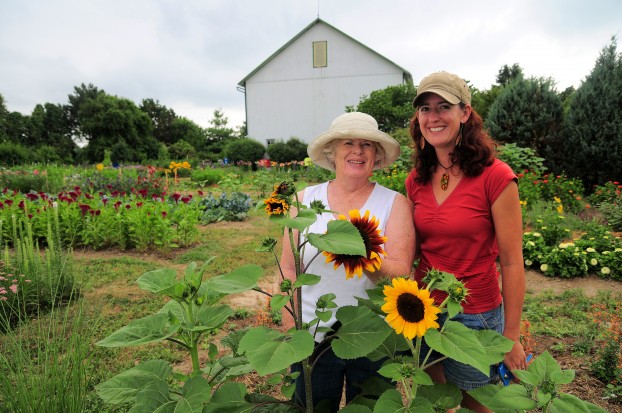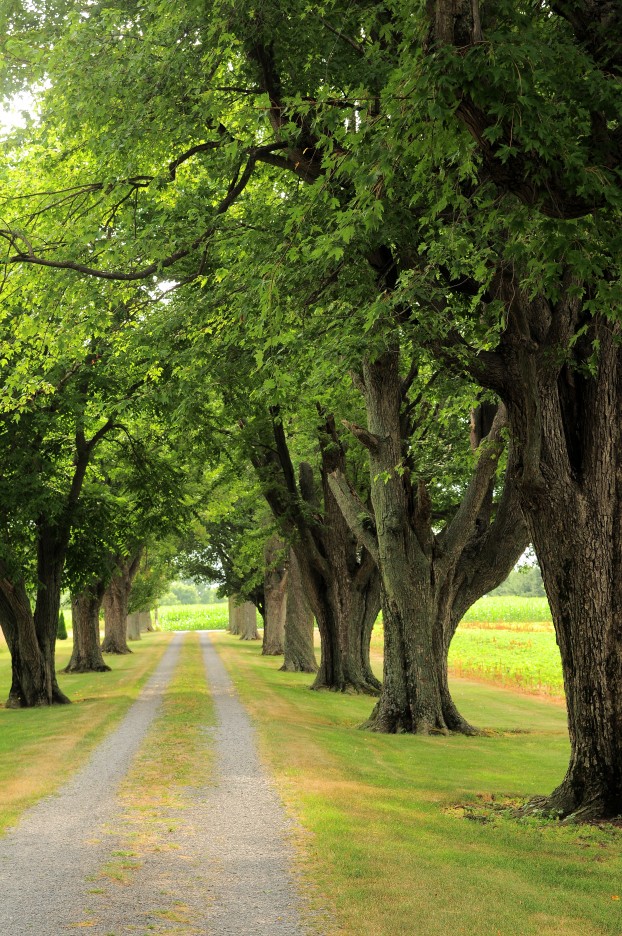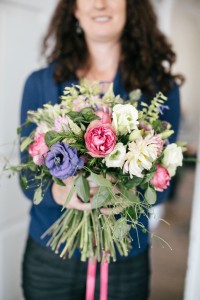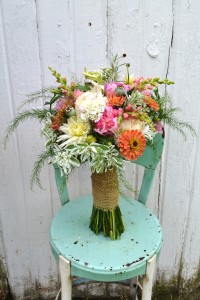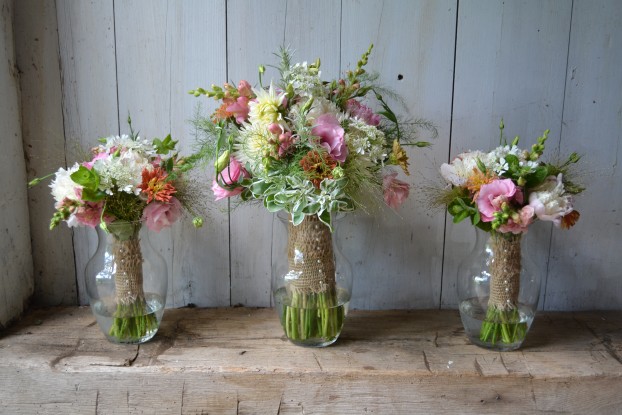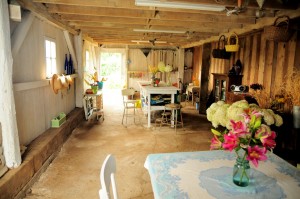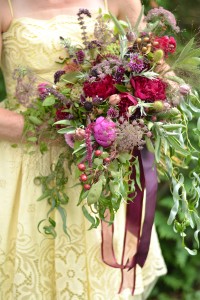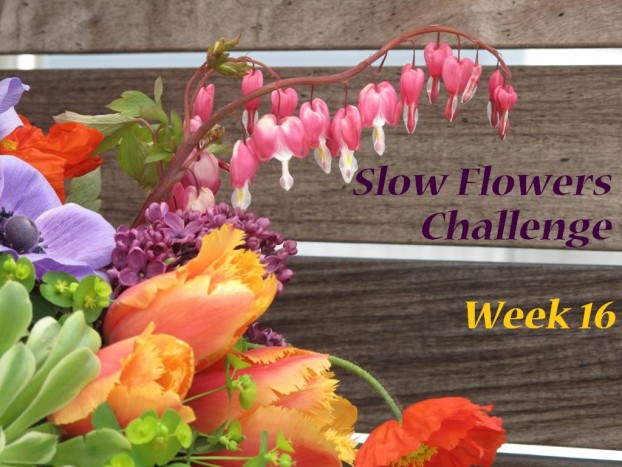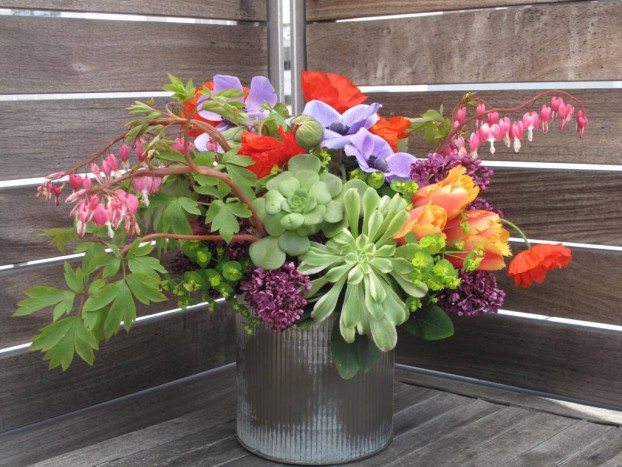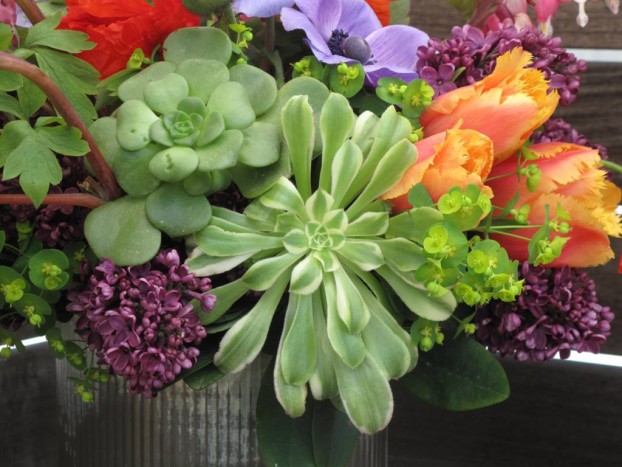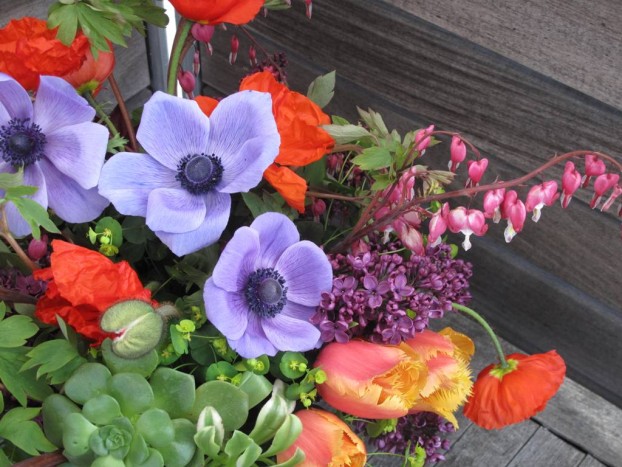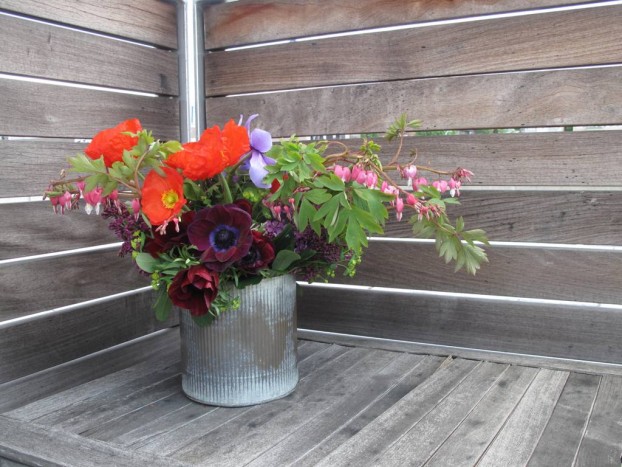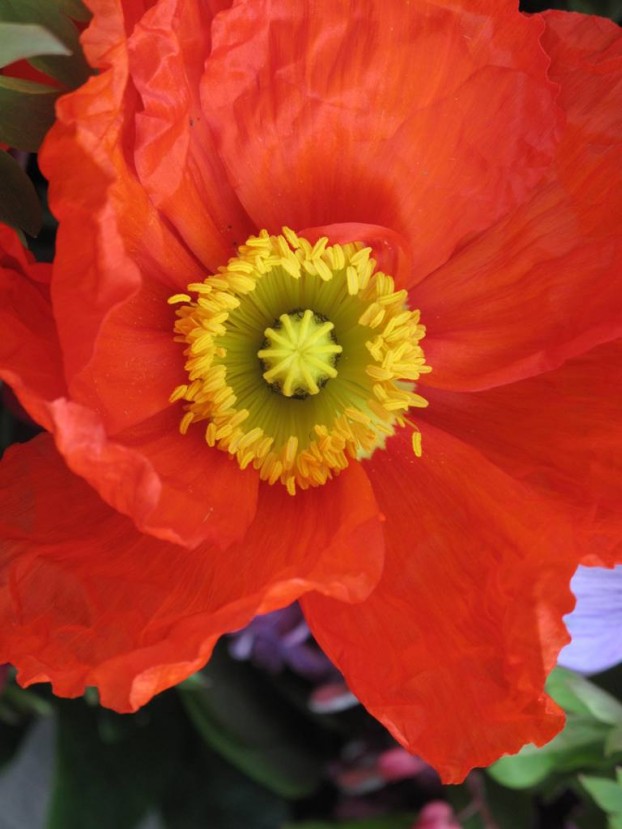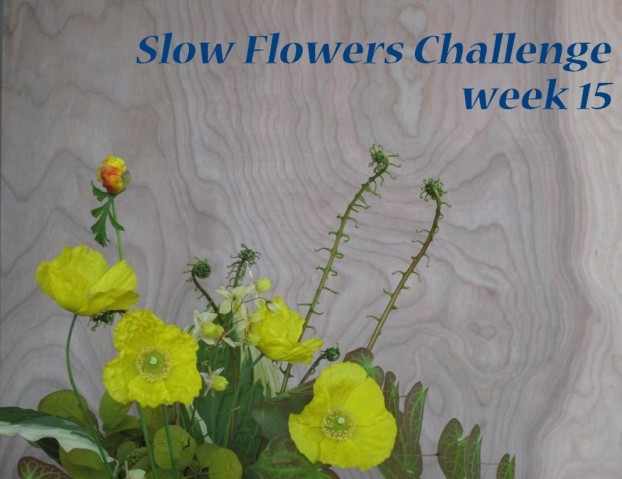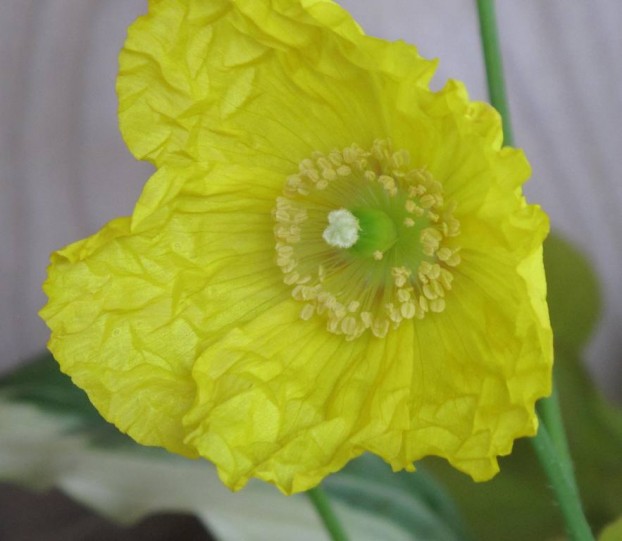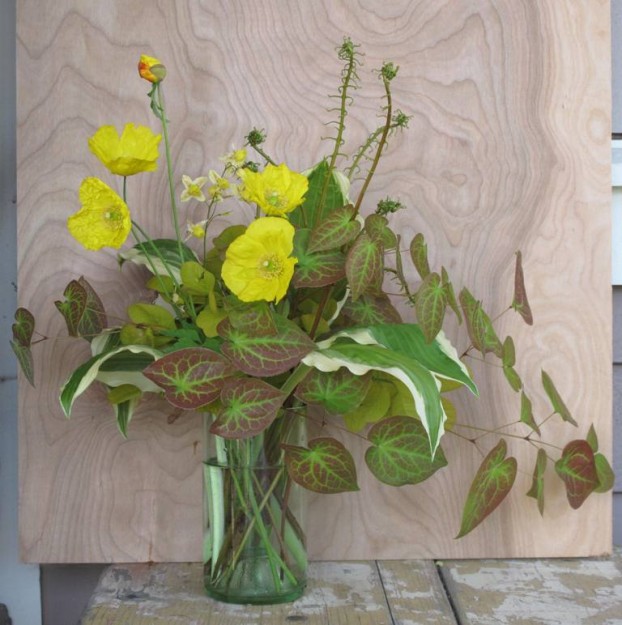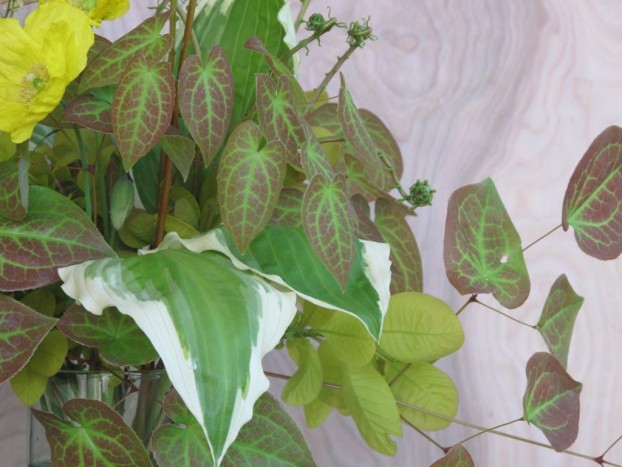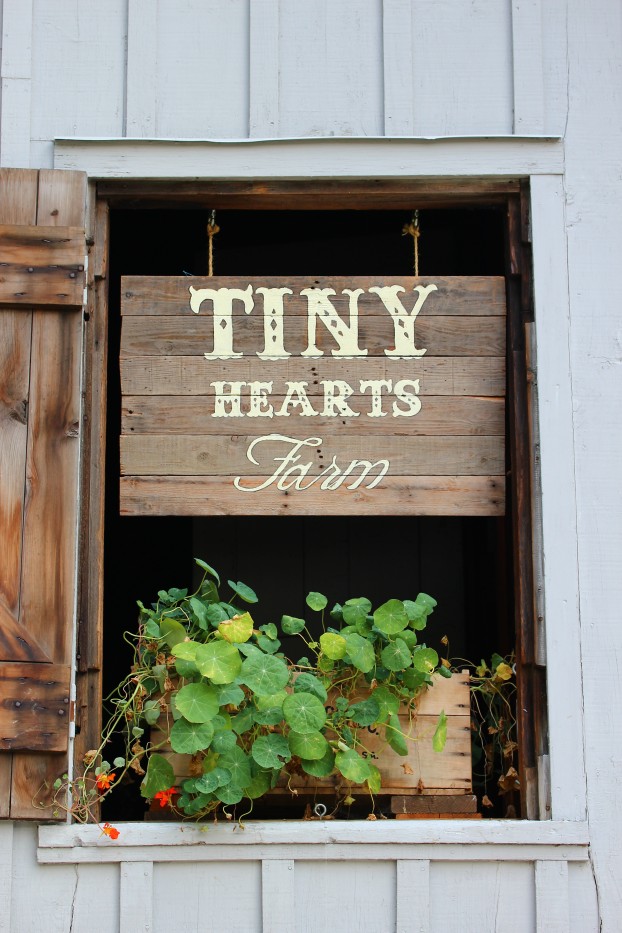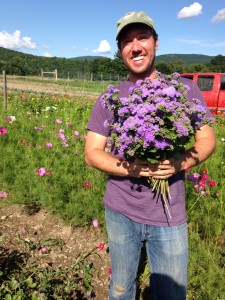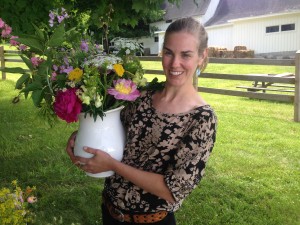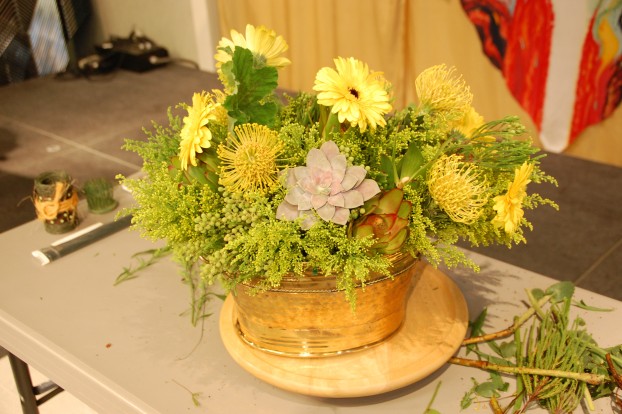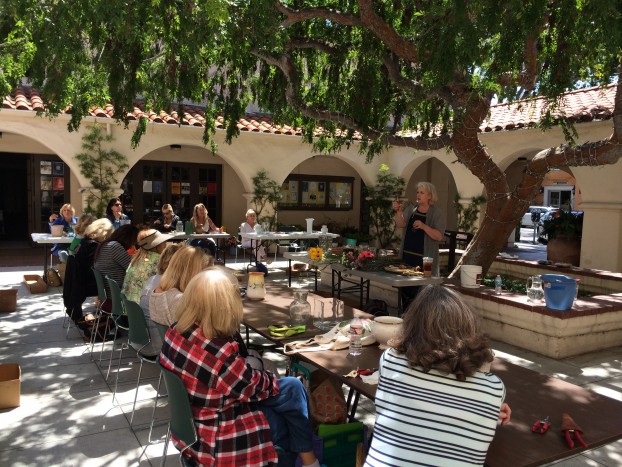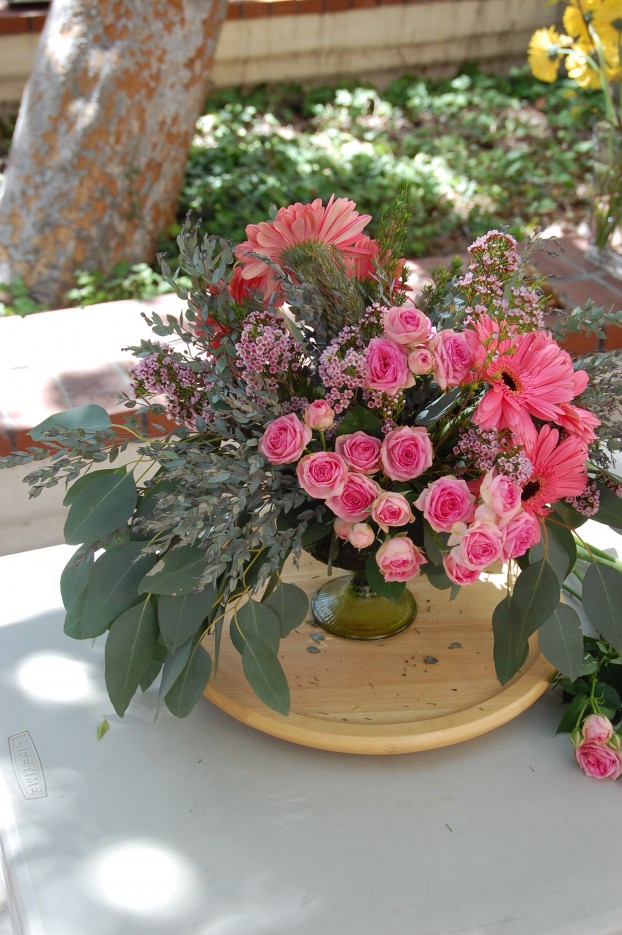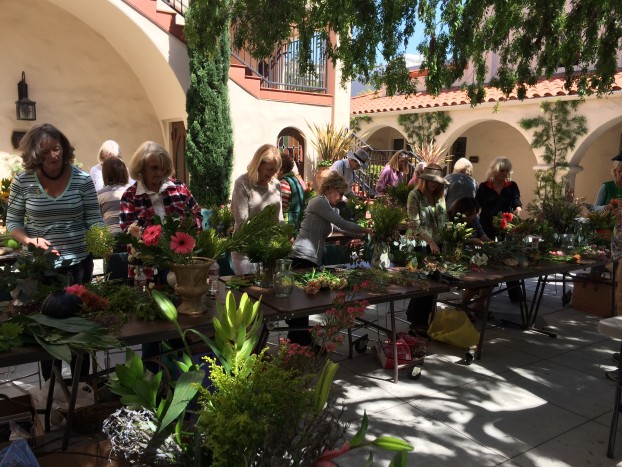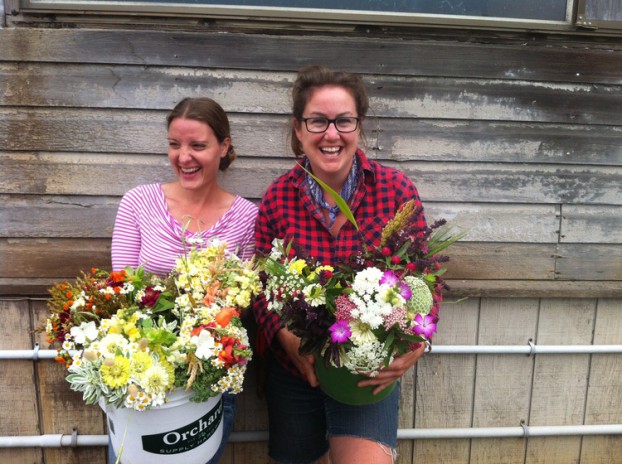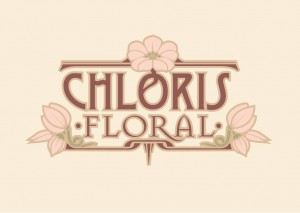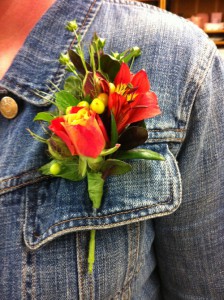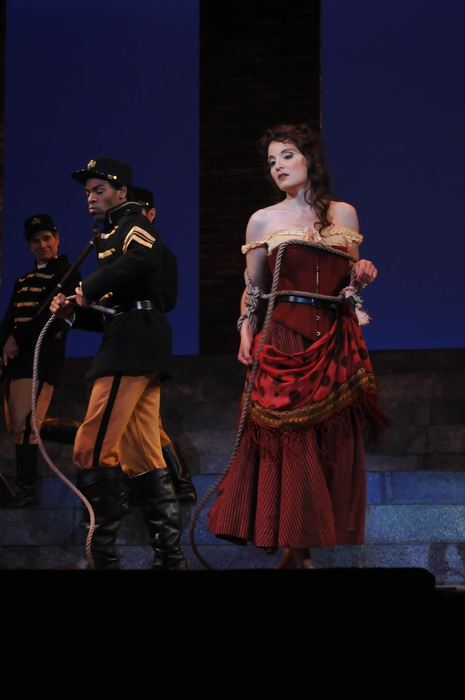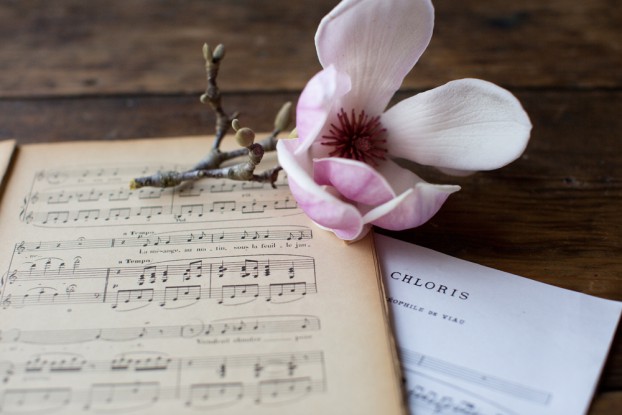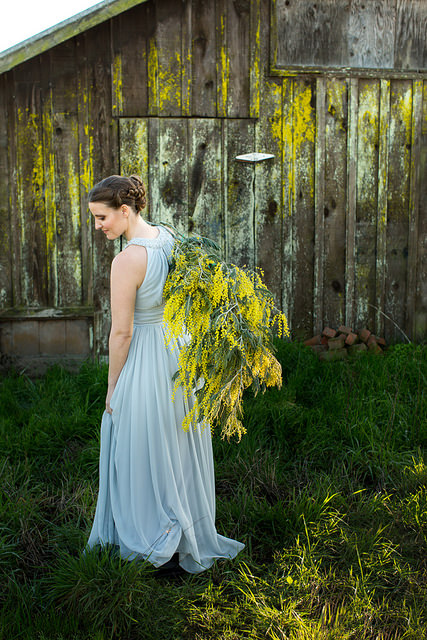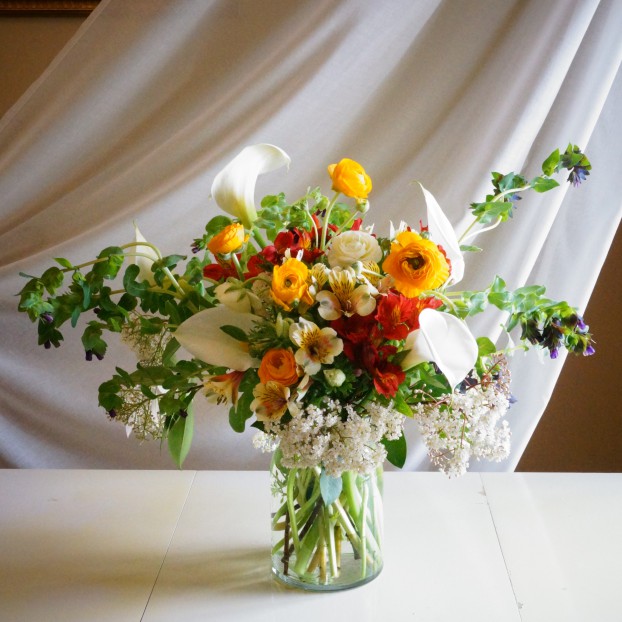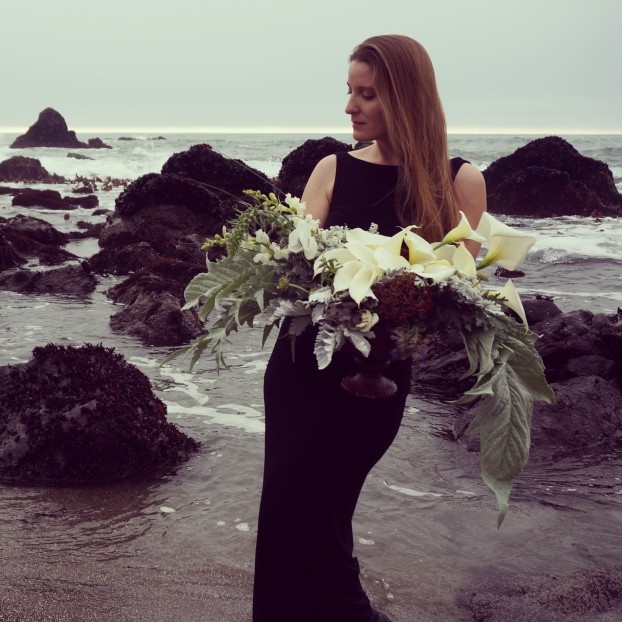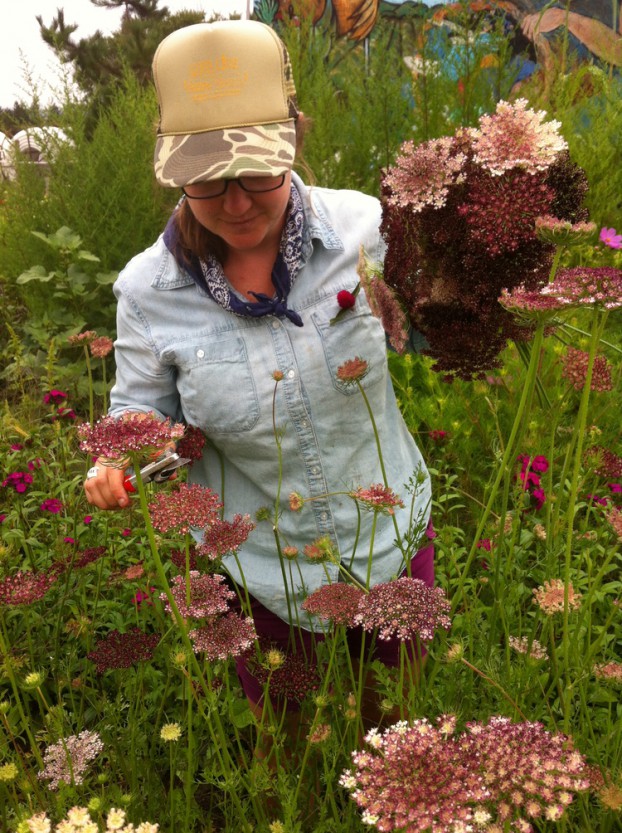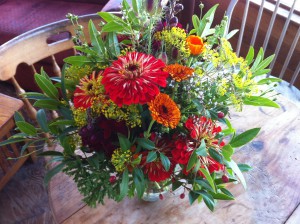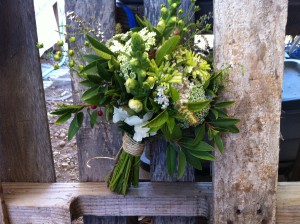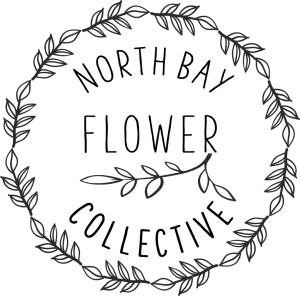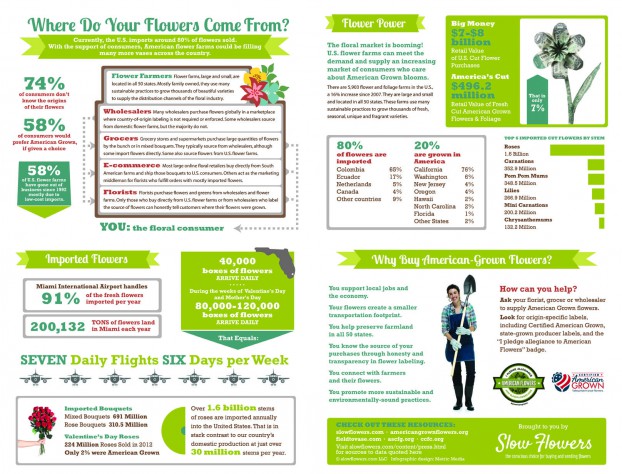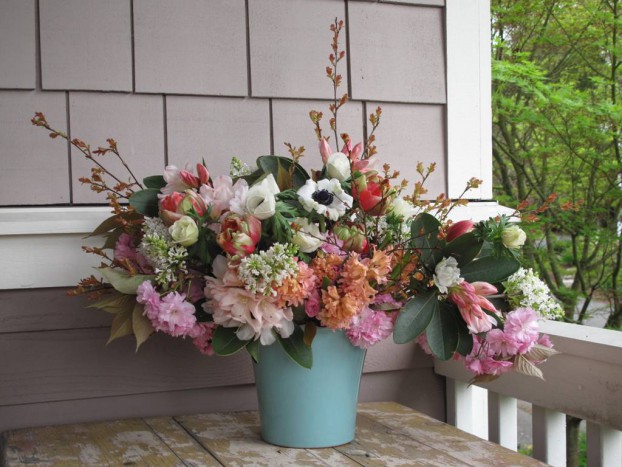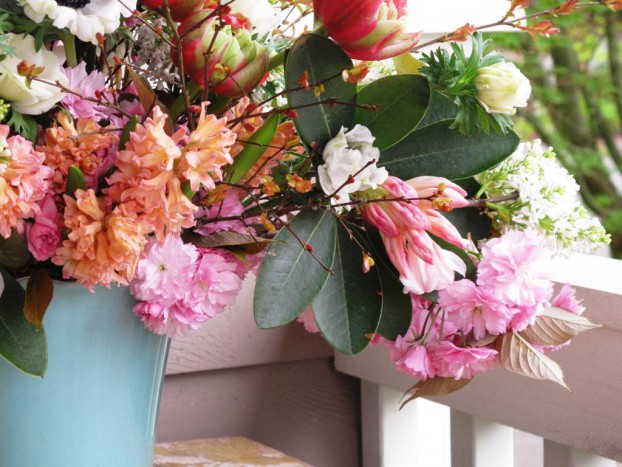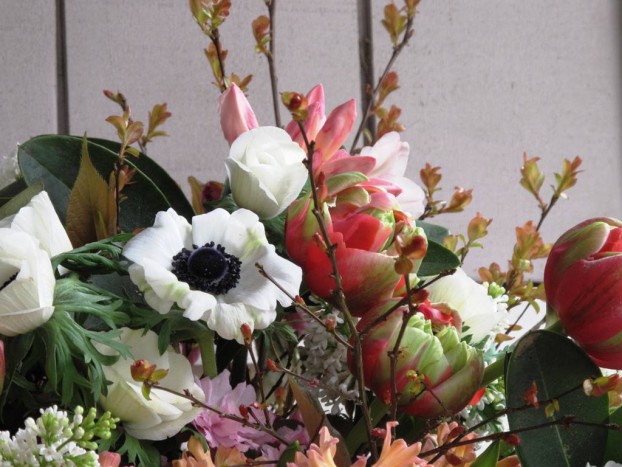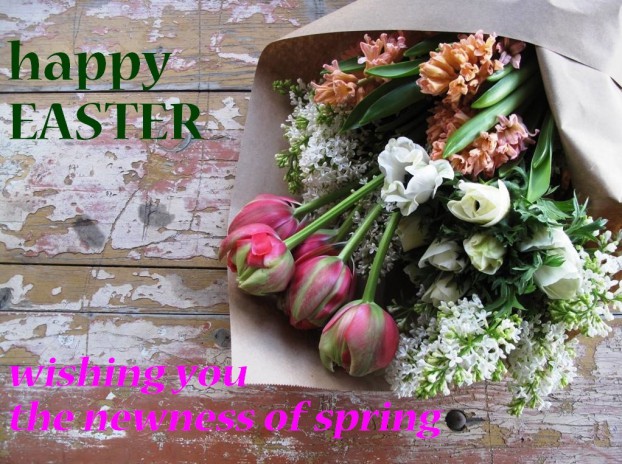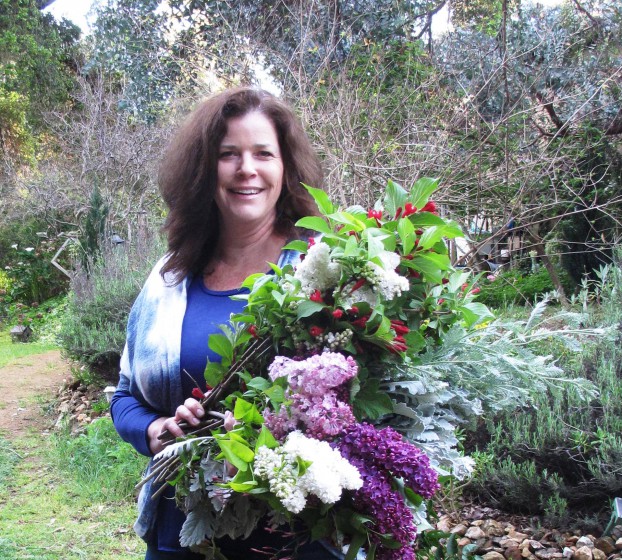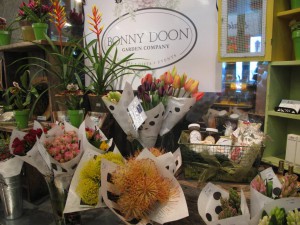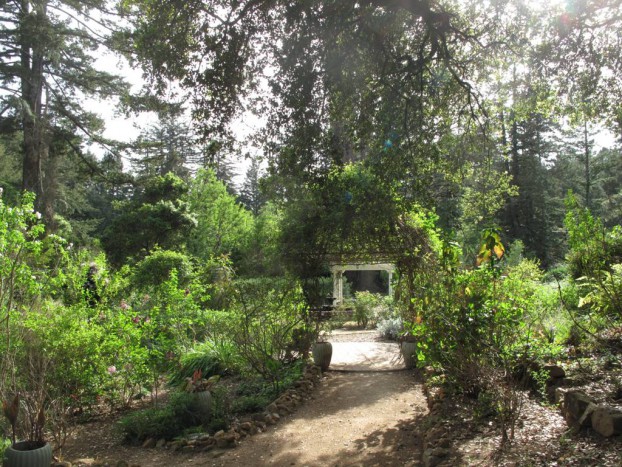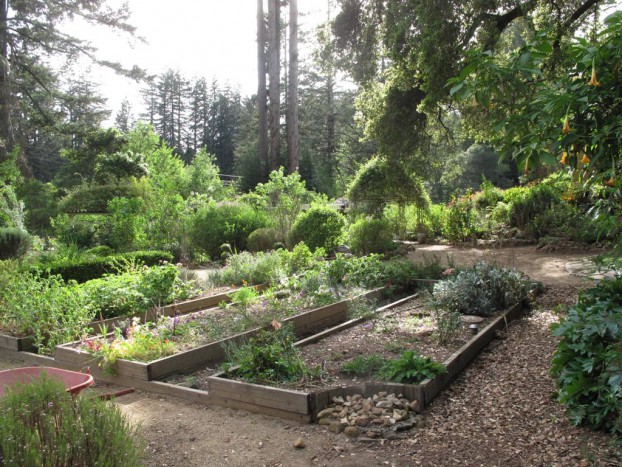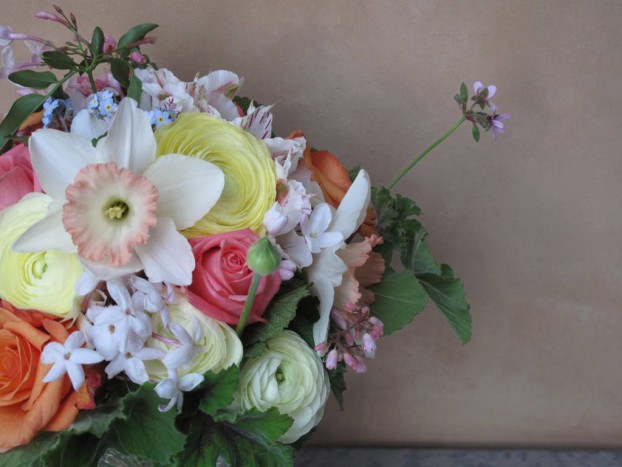Podcast: Play in new window | Download
Subscribe: Apple Podcasts | Podcast Index | RSS | More
 I’m so pleased today to share a long-distance conversation I recorded a few weeks ago with Kay Studer and Susan Studer King, mom-and-daughter farmer-florists based in the Northwest Ohio community of Elida, where they grow and design.
I’m so pleased today to share a long-distance conversation I recorded a few weeks ago with Kay Studer and Susan Studer King, mom-and-daughter farmer-florists based in the Northwest Ohio community of Elida, where they grow and design.
The two are doing exciting things in their community, region and state and I know you’ll learn much from their experience, which they so generously share in the interview.
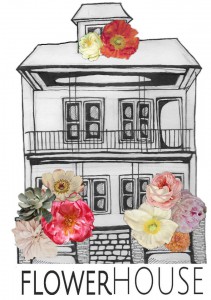 But first up: A bit of news. You may recall my interview a few months ago with Lisa Waud of Detroit’s pot and box, a studio, wedding and event florist who has taken it upon herself to dream up a project called “The Flower House” – a 100-percent American grown floral installation in an abandoned house in the Motor City.
But first up: A bit of news. You may recall my interview a few months ago with Lisa Waud of Detroit’s pot and box, a studio, wedding and event florist who has taken it upon herself to dream up a project called “The Flower House” – a 100-percent American grown floral installation in an abandoned house in the Motor City.
Lisa has big plans and since our podcast, her first interview ever, she has garnered a lot of attention from the floral design and flower farming community, as well as the media. The Flower House will take place October 16-18, but this weekend, Lisa and her fellow floral artists will unveil their plans at a preview event to be held in a neighboring vacant house. As Lisa promises: “It will whet the whistles of interested florists, curious visitors and potential sponsors.”
I’ll be there to help the designers celebrate the launch of this incredible project. Please check out the links at The Flower House to find out how you can attend – especially if you’re in the Detroit area this coming weekend.
And if you want to get involved, please help FLOWER HOUSE BLOSSOM AND GROW. The team has just kicked off a funding campaign on my favorite crowd-funding platform Indiegogo so you’ve gotta know they’re smart cookies! Follow links to the campaign and donate at whatever level you feel you can. I’m intrigued by the fun perks, ranging from $5 to $5,000.
A few that listeners of this podcast might love:
- an American-made tote bag straight from Michigan crafters for $40
- a special fragrance inspired by The Flower House for $75
- a picture frame made from wood salvaged from The Flower House and made by Lisa Waud’s Dad for $100
- a private dinner in Detroit hosted by Lisa and her team for $5,000
Some amazing talents are participating in this fabulous project and I am excited to watch it bloom, flourish, blossom and beautify Detroit, to use as many metaphors as I can think of!
Okay, today’s guests will be equally inspiring. Kay and Susan are gardeners, farmers and family. They love flowers, of course.
As Buckeye Blooms, the mother-daughter team grows flowers without the use of any toxic chemicals and they express their earth-friendly values season after season by growing high-quality, super-fresh flowers.
“Just as a home-grown tomato tastes better than a store-bought one, we believe the freshest and most beautiful flowers come from the garden rather than the refrigerated section of a big-box store. By purchasing locally-grown flowers, you get fresher, longer-lasting blooms, while supporting Ohio farm families.”
The land on which Kay and Susan operate Buckeye Blooms has been in the Studer family for several generations.
Located in northern Allen County, Dolau Farm features a meadow set aside for permanent conservation, dense woods, mature windbreaks, and an established perennial garden in addition to the large flower field.
The historic 1880’s farmhouse is set back off of the road down a picturesque lane shaded by towering maple trees. Surrounding the house are many species of trees, woody ornamentals, grasses and greenery in addition to dozens of old-fashioned and unusual flower varieties. The Buckeye Blooms flower shop and design studio occupies what used to be the milking parlor of the “big barn.” The shop is also used for farm flower parties and other special events.
Environmental conservation is important to the Studer and King families and it is at the core of their farm operations. Hundreds of hardwood trees have been planted to prevent soil erosion, provide wildlife habitat and combat climate change. Recycling and energy conservation measures are implemented for every step of the flower production process.
“We don’t use toxic chemicals. Period. Plus, we put our money where our mouth is: we donate a portion of our profits to charitable organizations that work on behalf of food security, community gardens and solutions to climate change.”
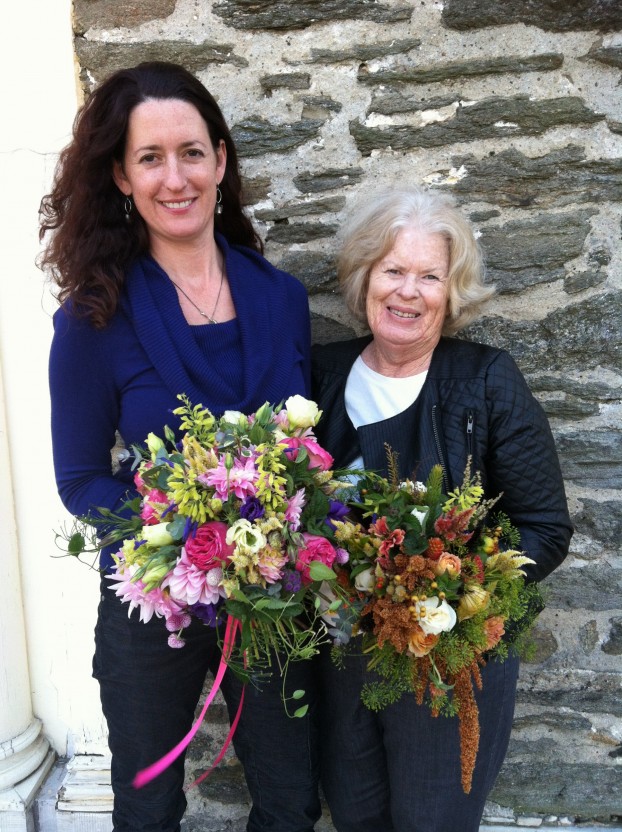 Here’s a bit more about Susan and Kay:
Here’s a bit more about Susan and Kay:
Susan Studer King’s background is in the environmental nonprofit field.
For more than eight years, Susan worked for Ohio Environmental Council where she led statewide efforts to reform Ohio’s factory farm, wetland and agricultural drainage laws and also served as the Council’s Development Director.
Prior to partnering with her mother to create Buckeye Blooms, Susan and her husband served as Peace Corps Volunteers in Ecuador where they saw firsthand the many negative environmental and social impacts of the commercial rose industry in Ecuador.
Upon returning to the U.S., Susan & Jeremy moved back to the farm to start Buckeye Blooms and to live a low-carbon lifestyle.
Susan now splits her time between “the farm” and Granville where she does freelance writing; she serves on the Licking County Local Food Council and tries to steer her toddler out of trouble.
Kay Studer brings a lifetime of gardening experience to Buckeye Blooms.
Kay served as the Horticulture Program Coordinator at Ohio State University Extension Service in Allen County where she managed the Master Gardener program for more than 15 years.
Kay received national recognition and numerous awards for her leadership and programs at the Children’s Garden in downtown Lima.
An expert in diagnosing garden pest problems and an accomplished freelance landscape designer, Kay also has a great eye for floral design.
Kay’s first big floral design job: her daughter Susan’s wedding in 2000. Buckeye Blooms is headquartered on the family farm she has lived on since childhood.
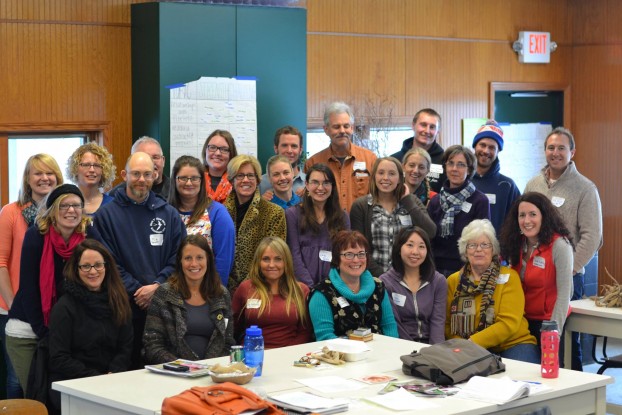
The recent gathering of Ohio’s Flower Farmers shows the energy, intelligence, enthusiasm and diversity of this American-grown community. Kay and Susan are pictured in the front row; far right.
Thank you so much for joining me this week and please return again, as I continue to share insightful and educational episodes recorded exclusively for the Slow Flowers Podcast.
Listeners like you have downloaded the podcast nearly 46,000 times. Until next week please join me in putting more American grown flowers on the table, one vase at a time. And If you like what you hear, please consider logging onto Itunes and posting a listener review.
The content and opinions expressed here are either mine alone or those of my guests alone, independent of any podcast sponsor or other person, company or organization.
The Slow Flowers Podcast is engineered and edited by Andrew Wheatley and Hannah Holtgeerts. Learn more about their work at shellandtree.com.









